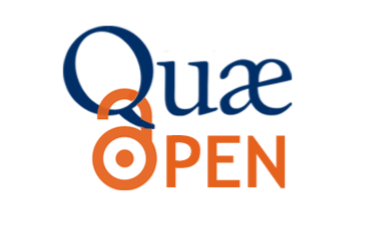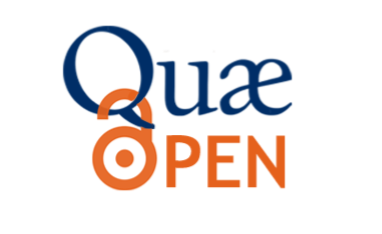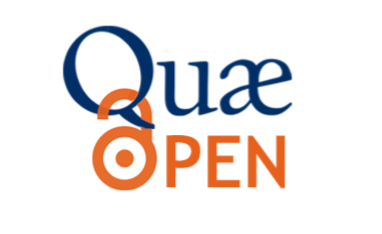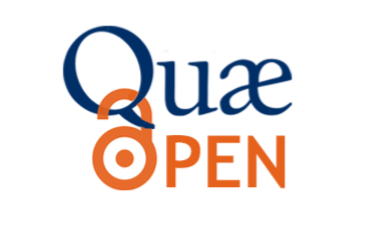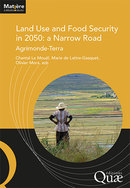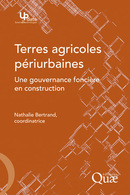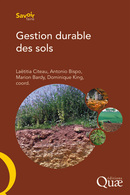Artificialized land and land take
Drivers, impacts and potential responses
Publications dans la même collection
0,00 € (gratuit)
0,00 € (gratuit)
Bernard Ruffieux, Aurélie Level
0,00 € (gratuit)
Dans la même thématique
0,00 € (gratuit)
0,00 € (gratuit)
0,00 € (gratuit)
Caractéristiques
Langue(s) : Anglais
Editeur : Éditions Quae
Edition : 1ère édition
Collection : Matière à débattre et décider
Publication : 31 octobre 2023
EAN13 eBook [ePub] : 9782759232543
EAN13 eBook [PDF] : 9782759238378
Nombre de pages eBook [PDF] : 168
Intérieur : Couleur
Référence eBook [ePub] : 02748EPB
Référence eBook [PDF] : 02748NUM
Taille(s) : 3,21 Mo (ePub), 5,38 Mo (PDF)

